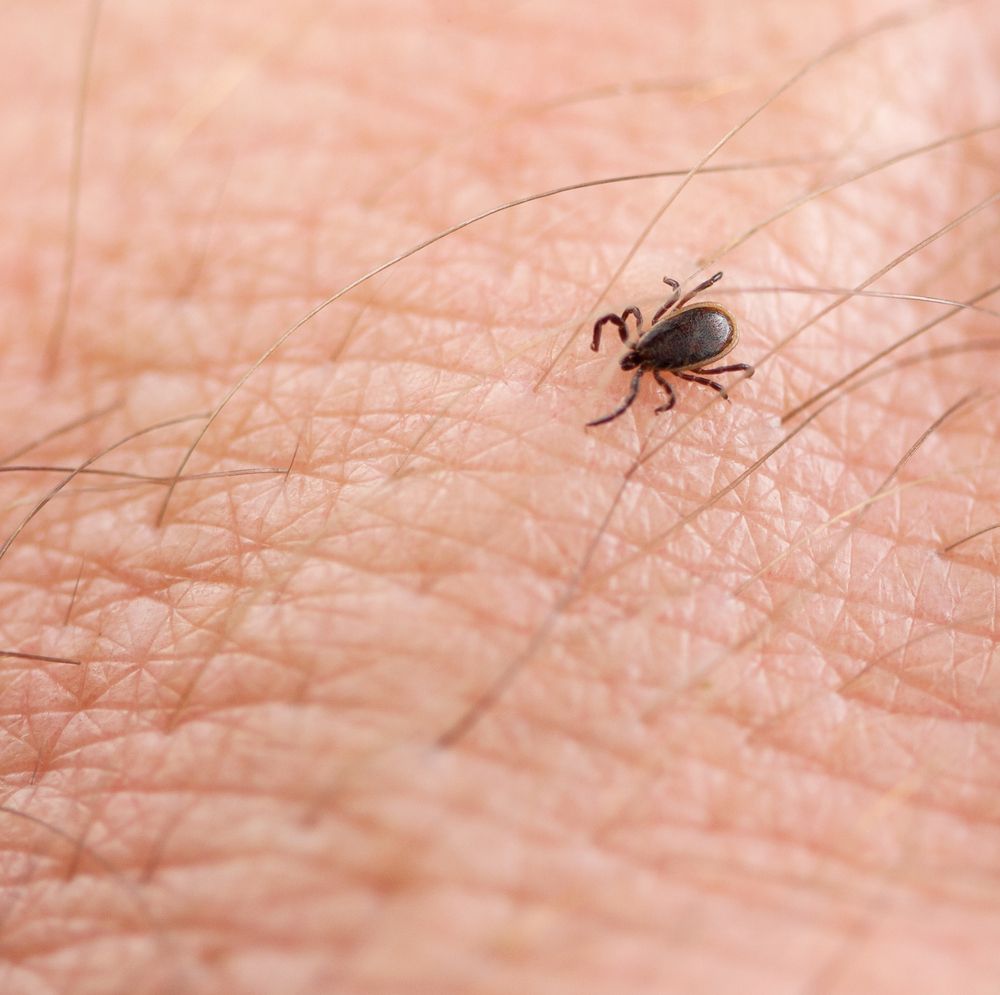Tick, Tick, Tick: It’s Lyme Time
Warmer weather has arrived, and with it the season of tick-borne illnesses. Here’s the latest about Lyme disease and some surprising new scourges of spring.
©Melinda Fawver/Shutterstock.com

Warmer weather has arrived, and with it the season of tick-borne illnesses. Here’s the latest about Lyme disease and some surprising new scourges of spring.
Lyme Statistics Do Lie
• About 300,000 Americans receive a diagnosis of Lyme disease each year.
• More than 30,000 cases of Lyme disease are reported to the CDC annually, making it the most commonly reported tick-borne illness in the United States.
• The actual number of persons who receive a diagnosis of Lyme disease may be roughly 10 times higher than the reported number.
Survey Says: More Work Needs to Be Done
• Although most Americans appear to have a basic knowledge of Lyme disease, more than half do nothing to reduce the risk of tick bites during warm weather.
• Just more than one-fifth of survey respondents said a tick was found on the body of a household member in the previous year; only 11% consulted a doctor.
• Other reported activities: about one-third perform regular tick checks, 21% use insect repellents, 15.7% shower to prevent tick bites, 51.2% do nothing.
• Close to two-thirds of respondents said Lyme disease occurs in their area. But many lived in regions where the disease does not occur.
Finer Points of Lyme Diagnosis
• Lyme disease diagnosis may be challenging because many of the symptoms are similar to those of other illnesses, such as the flu.
• The bull’s eye rash is unique to Lyme disease, but it does not develop in everyone infected with Lyme bacteria.
• A tick must be attached to the body for at least 36 hours to transmit Lyme disease.
• Transmission cannot occur without the tick bite, but many persons may not remember being bitten.
Putting Lyme to the Test
• If a person has Lyme disease symptoms but does not have the rash, clinicians may rely on the medical history:
-whether symptoms first appeared during the summer months.
-whether the person had been outdoors in an area where Lyme disease is common.
-whether the person was bitten by a tick.
• Laboratory tests may be conducted to check for the presence of antibodies to Borrelia burgdorferi, which are produced after a few weeks.
• The CDC does not recommend a Western blot test without conducting a first-level blood screening. Using the Western blot alone increases the potential for false-positive results.
Lyme Treatment Breeds Rapid Recovery
• Patients treated in the early stages of Lyme disease with appropriate antibiotics usually recover rapidly and completely.
• Doxycycline, amoxicillin, and cefuroxime axetil are frequently used antibiotics for oral treatment.
• Intravenous treatment with ceftriaxone, penicillin, or other drugs may be required for patients with some neurological or cardiac forms of illness.
• For detailed recommendations on treatment, see the Infectious Diseases Society of America’s 2006 clinical practice guidelines for treatment.
Powassan Virus Has Powerful Bite
• In addition to Lyme disease, ticks can carry the rare but deadly Powassan virus (POW). Ticks with the virus have been found in New Jersey and Connecticut.
• Symptoms may be Lyme-like, such as fever, rash, and headache, but also include vomiting, confusion, seizures, and memory loss. POW can cause deaths.
• An estimated 60 cases of POW have been reported in the United States over the past 10 years.
• Currently there is no vaccine to treat patients with POW.
Don’t Let New Tick-borne Disease Get Your Goat!
• A newly discovered bacterial species, Anaplasma capra, is transmitted by the taiga tick, which is closely related to the deer tick.
• The illness could be a “substantial health threat” to humans and animals in areas where the tick is common-Eastern Europe and across Russia and Asia, including China and Japan.
• In China, the species appears to be common in goats, although it also may infect other animals.
• Diagnosis of infection is difficult because there is no simple blood test. Symptoms include fever, headache, tiredness, dizziness, and muscle aches.
• Researchers successfully treated the infection with antibiotics.
Other Things You Should Know About Tick-borne Diseases
• Tick-borne infections may be confused with other childhood illnesses-the initial clinical findings are nonspecific and patients may not be aware of their preceding tick exposures.
• Adverse outcomes from the infections, especially Rocky Mountain spotted fever (RMSF), are more likely with delays in starting antibiotic therapy.
• Therapy should be started presumptively for patients in whom RMSF is a reasonable diagnostic consideration.
• Doxycycline is the drug of choice for RMSF and other American rickettsial infections. Concerns over possible toxicity of doxycycline in young children are unfounded.
• Insect repellents that contain DEET are safe and effective for preventing tick exposures when used appropriately.